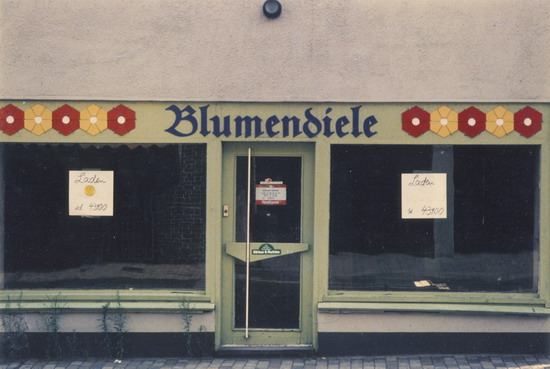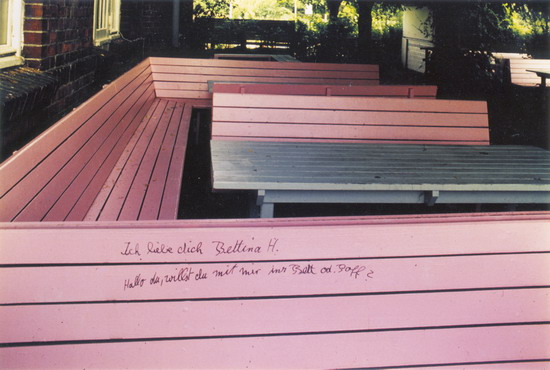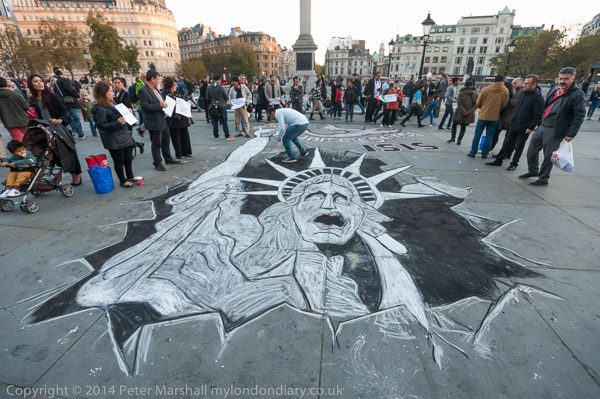Frack Off, Animal Exports & Hands Off Queers! On Saturday 10th August 2013 I went to Trafalgar Square for a small anti-fracking protest, took a few more pictures there and met a march from Covent Garden against live animal exports which ended with photographs on the Trafalgar Square steps. Then I made a short walk down Whitehall to photograph a protest against the homophobic policies of President Putin.
Frack Off – Trafalgar Square

Protests were continuing at Balcombe, a small village in West Sussex, against test drilling and possible fracking for oil there by Cuadrilla, and a small group had come to Trafalgar Square to support their protests.

I took a few pictures and then wandered around the square a bit and missed them when they left to protest at Downing Street. Although a fracking ban later ended Cuadrilla’s attempts, Balcombe is still under threat from drilling for oil by another company, and legal battles continue.
Also in Trafalgar Square

I took a few pictures as I walked around Trafalgar Square, some including the blue cockerel then standing on the fourth plinth. It was hard to imagine why “Hahn/Cock” by German artist Katharina Fritsch had been selected other than to provide material for jokes, including many about us not needing another massive cock in London as we already had our then Mayor.

Trafalgar Square seems now more often to be used for religious events than political protest, and one of these was just starting, with a white-clad gosspel choir. But as I commented, “Nice hats, but some seem to have taken singing lessons from Florence Foster Jenkins” and I hope they got better after they had warmed up.
Against Live Animal Exports

I was hanging around in Trafalgar Square waiting for a march by Compassion in World Farming against the live export of farm animals. I knew it was starting from Covent Garden but stupidly I hadn’t bothered to find out its route so I could meet it on the way.

Live exports take place under the 1847 UK Harbours, Docks and Piers Clauses Act 1847 which prevents public ports in Britain from refusing to export live animals as a part of the “free trade” in goods.

But EU law has recognised animals as sentient beings rather than “goods” since 1999, and different rules and regulations should apply to them.

In 2012, over 47,000 young sheep and calves were crowded into lorries for long journeys from as far afield as Wales and Lincolnshire across the channel to France, Germany, the Netherlands and Belgium. The journeys inflict great suffering on the animals concerned with animals having no access to water and with temperatures inside the are often 30 degrees or more, and they are sometimes confined for 80 hours or more.

In 2012, 45 sheep died in a lorry at Ramsgate that had previously been declared several times unfit for use.

The marchers defied attempts by the Heritage Wardens to stop them posing on the wide steps in Trafalgar Square for photographs at the end of the march.
Many more pictures at Against Live Animal Exports.
Putin, ‘Hands Off Queers!’ – Downing St

Protesters had come to protest opposite Downing Street against Russian president Putin’s homophobic policies.

They called on the UK government to urge Russia to respect gay rights and for an end to the torture of gay teens in Russia.


The protesters called for a boycott of the Winter Olympics in Sochi, the release of Pussy Riot and for freedom of speech in Russia.

Many more pictures on My London Diary at Putin, ‘Hands Off Queers!’
Flickr – Facebook – My London Diary – Hull Photos – Lea Valley – Paris
London’s Industrial Heritage – London Photos
All photographs on this page are copyright © Peter Marshall.
Contact me to buy prints or licence to reproduce.

































